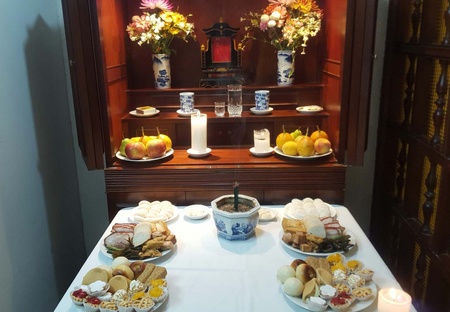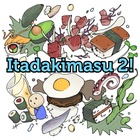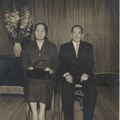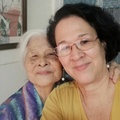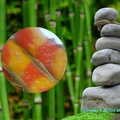I am part of a Nikkei family from Okinawan and am Sansei or third generation. I live in Peru and all family memories revolve around food. Could it be that all Okinawan families are the same?
Every time you visited the obá, she was in charge of serving you, even putting you in your mouth if you didn't eat. The inclusion was such that a non-Nikkei friend received the same treatment, if you took him. The obá improvised many times, she made tempura from whatever she found: some vegetables, banana, eggplant, green beans, carrots, Chinese onion (scallion or green onion). The truth is that the friends left very happy and for them it would also be their obá from that moment on. This scene was repeated in many homes.
When you are a child, you don't understand some things. When someone in the house died, first everything was sadness, crying, serious faces; But, what followed that was that the house was filled with people every week, it was a hustle and bustle for days before, between preparing food and going to the market. Many times the work was divided between the aunts, it was a “loquerio”, and a lot of food was prepared and placed on a table where the photo of the obá (grandmother) was. Mom said that the oba was already there and they were giving her lunch. Afterwards I was together with oyí (grandfather) at the butsudan , many people came, I met some, but not many. Even though the house was small, they would come to put senko , they would sit at the table, eat and talk, they would see other people arrive and immediately stand up, and that cycle would repeat itself, without anyone saying anything about it, as if following a ruler; As a child it seemed strange to me.
At first it was a delight, we ate sweets, pork, sweet potato tempura, kamaboko , tofu, so many things that at that time I didn't know what they were called nor could I pronounce their names. I saw that my aunts counted the amount of each thing on the plate that they put on the table or butsudan . They said there were seven, until now I don't know why that number was always repeated. There were seven weeks and every seven days.
At first we were very happy because of the amount of food, but then there was so much that we ate the same thing during the week and soon the next one would arrive, happy because people came, for me it was a joy, my cousins came and I only thought about playing, until that it's over, there you just feel the absence of the loved one who left, you return to your daily routine and everything makes you remember.
When you grow up and look for restaurants, you are surprised that many of the things you ate at home cannot be found there. What you find most is a type of food that has been adapted to local tastes and inputs (roll with cream cheese, avocado, California roll or acevichado in our country), which even when you go to Japan you will not find them. When I was young, among us it was common to say that this is mass food, in reference to the food that was made when there were masses or rituals for butsudan .
Many years later I understood that the plate of salty sandwiches was called “ chawaki ”, it consisted of seven different things and seven pieces of each: The main thing was pork meat with skin (bacon or leg) that was parboiled, seasoned with shoyu (soy sauce), sugar, seasoning and this was called “making shimiti”. In the same way, beans, carrots, kombu , turnips, and gobos were made. You couldn't miss the fried tofu, sweet potato tempura (although it can be any vegetable), kamaboko , konyaku . In reality it depends on each one, the rule is that there are seven things and seven of each one.
I wondered if what we did was Shintoism or Buddhism, but I was surprised that in reality it was neither one nor the other or perhaps something of both, that in reality it was an “Okinawan custom”, which I follow and which I hope My children and descendants also follow it, because it is a veneration of our deceased relatives. It will help them cross that path that, according to this custom, will last thirty-three years.
When the last mass is said, as we tell them, it is perhaps so that with those offerings that we give them to drink and eat, they gradually let go of earthly things, and we help them walk that path. The chawaki is also put in the butsudan when it is oshogatsu (new year), some people buy it already prepared in some stores, but I heard that many people now replace it by buying an obento ... that custom is gradually being lost.
When my dad passed away, my mom and my aunts took care of many of the things, so I didn't give it much importance, but when my mom passed away it was up to us personally, as always with the help of the family. That my children saw, just as I learned from what my parents did, because everything unites us. Butsudan unites family and friends around food, whether for butsudan or some celebration. I would like that to be able to continue, like all the customs that are part of our culture: food, butsudan , music, dance and many Okinawan customs.
© Roberto Oshiro Teruya



